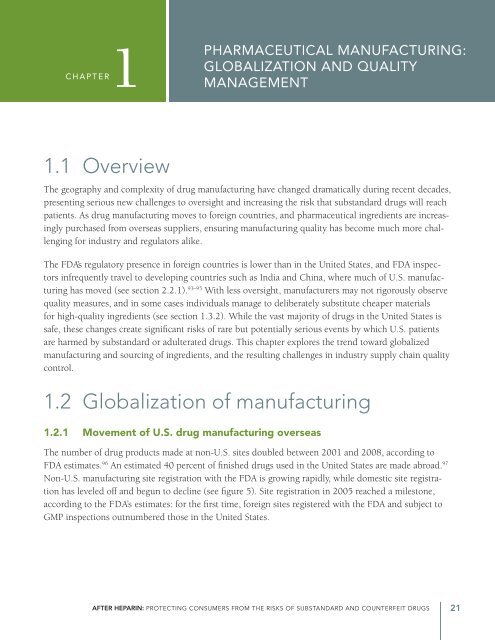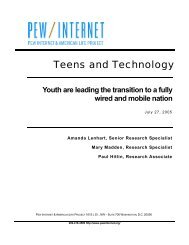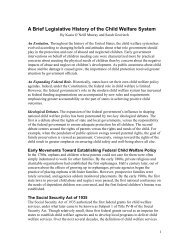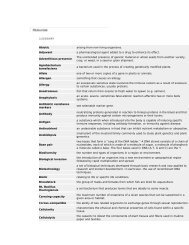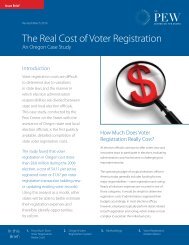After Heparin: - The Pew Charitable Trusts
After Heparin: - The Pew Charitable Trusts
After Heparin: - The Pew Charitable Trusts
You also want an ePaper? Increase the reach of your titles
YUMPU automatically turns print PDFs into web optimized ePapers that Google loves.
CHAPTER1<br />
PHARMACEUTICAL MANUFACTURING:<br />
GLOBALIZATION AND QUALITY<br />
MANAGEMENT<br />
1.1 Overview<br />
<strong>The</strong> geography and complexity of drug manufacturing have changed dramatically during recent decades,<br />
presenting serious new challenges to oversight and increasing the risk that substandard drugs will reach<br />
patients. As drug manufacturing moves to foreign countries, and pharmaceutical ingredients are increasingly<br />
purchased from overseas suppliers, ensuring manufacturing quality has become much more challenging<br />
for industry and regulators alike.<br />
<strong>The</strong> FDA’s regulatory presence in foreign countries is lower than in the United States, and FDA inspectors<br />
infrequently travel to developing countries such as India and China, where much of U.S. manufacturing<br />
has moved (see section 2.2.1). 93–95 With less oversight, manufacturers may not rigorously observe<br />
quality measures, and in some cases individuals manage to deliberately substitute cheaper materials<br />
for high-quality ingredients (see section 1.3.2). While the vast majority of drugs in the United States is<br />
safe, these changes create significant risks of rare but potentially serious events by which U.S. patients<br />
are harmed by substandard or adulterated drugs. This chapter explores the trend toward globalized<br />
manufacturing and sourcing of ingredients, and the resulting challenges in industry supply chain quality<br />
control.<br />
1.2 Globalization of manufacturing<br />
1.2.1 Movement of U.S. drug manufacturing overseas<br />
<strong>The</strong> number of drug products made at non-U.S. sites doubled between 2001 and 2008, according to<br />
FDA estimates. 96 An estimated 40 percent of finished drugs used in the United States are made abroad. 97<br />
Non-U.S. manufacturing site registration with the FDA is growing rapidly, while domestic site registration<br />
has leveled off and begun to decline (see figure 5). Site registration in 2005 reached a milestone,<br />
according to the FDA’s estimates: for the first time, foreign sites registered with the FDA and subject to<br />
GMP inspections outnumbered those in the United States.<br />
<strong>After</strong> <strong>Heparin</strong>: PRotecting Consumers from the Risks of Substandard and Counterfeit Drugs 21


